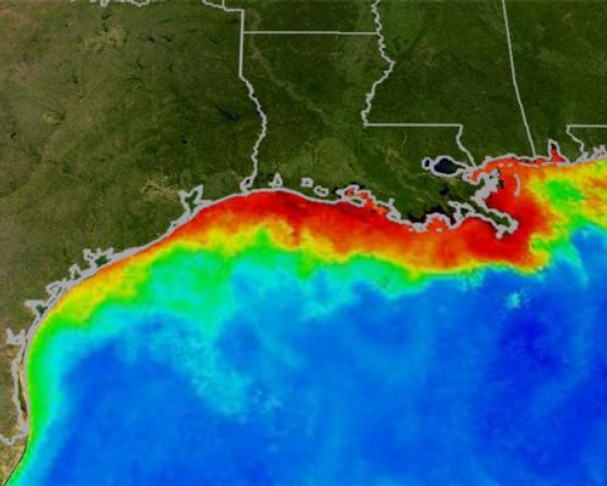
Less oxygen dissolved in the water is often referred to as a dead zone? (in red above) because most marine life either dies, or, if they are mobile such as fish, leave the area. / NOAA
marcoislandflorida.com - USA Today - by Dan Vergano - June 19, 2013
Environmental biologists foresee a record-size “dead zone” for the Gulf of Mexico this summer, a New Jersey-sized patch of water deadly to marine life, federal officials announced.
Seen every year off the Texas and Louisiana coasts, the zone forms largely because of fertilizer runoff from the Corn Belt flowing down the Mississippi, where the nutrients spur the growth of the algal blooms that remove oxygen from the water in the Gulf. The especially large size this year of the predicted zone, perhaps 8,500 square miles, appears to be tied to Midwestern floods that washed more nutrients into the river.
(READ COMPLETE ARTICLE)
Recent Comments